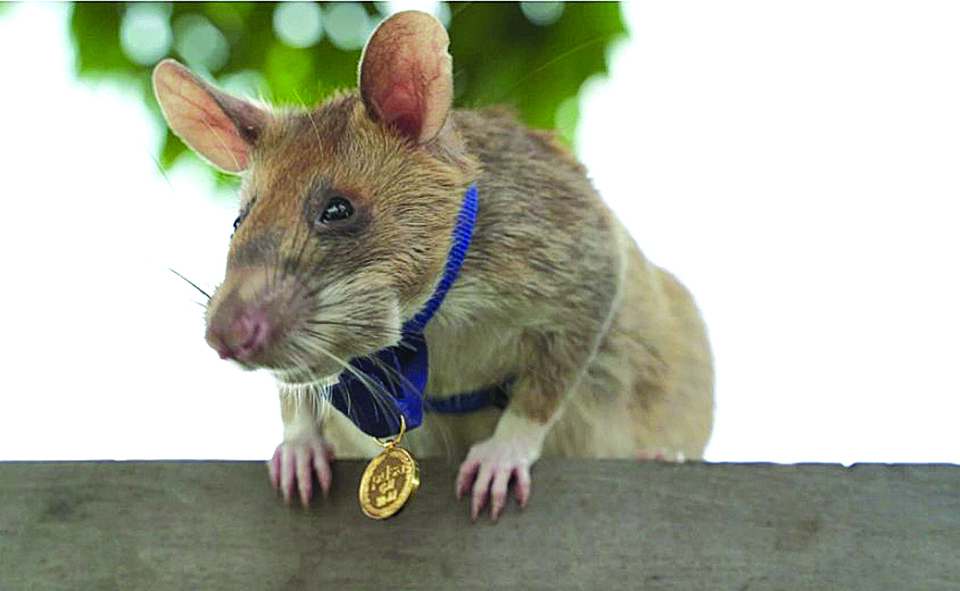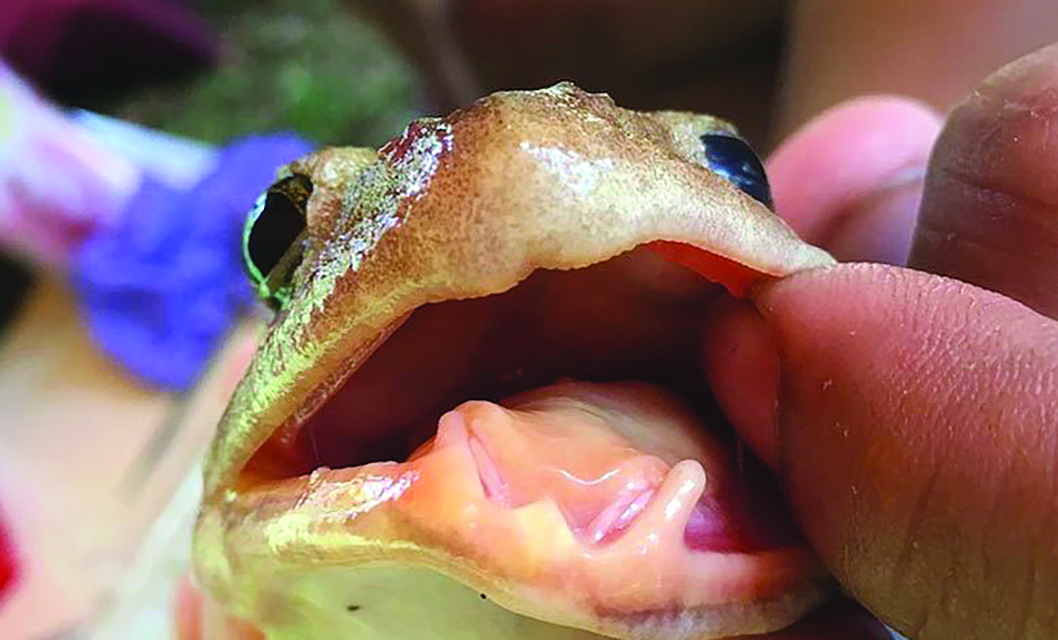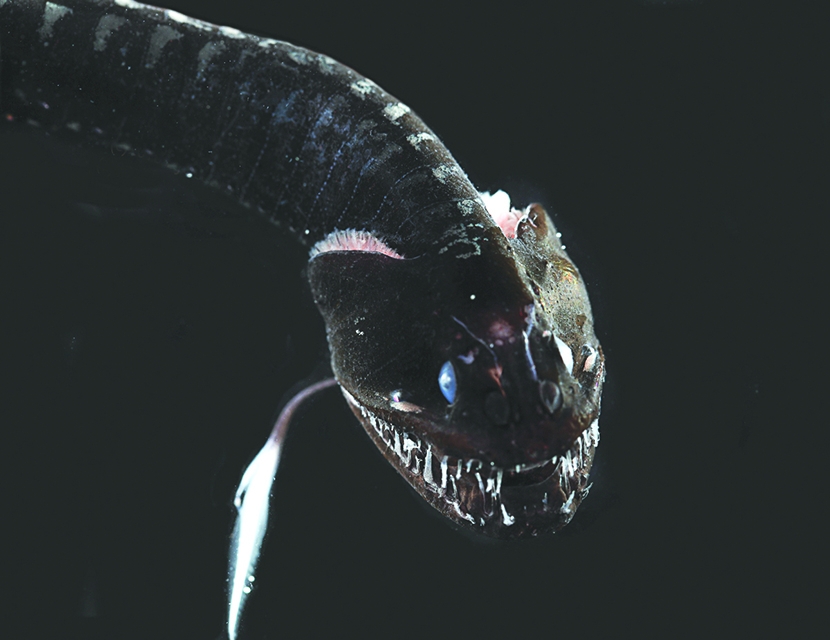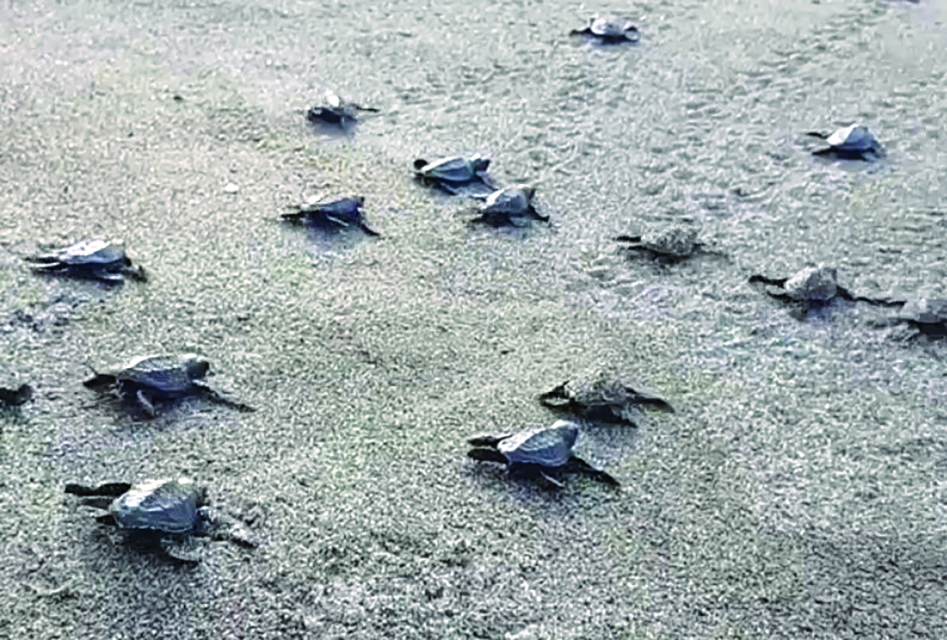
During the pandemic, we’re made to stay at home, isolate ourselves, and basically find something else to do. For most of us, it has been difficult to look for enjoyable things that do not involve being with other people.
However, there’s always the internet to not only help us stay in touch with our peers. Aside from that, the web has allowed us to discover interesting stories. We’re halfway through 2021 and one of the reasons that we’re still sane, whether we want to admit it or not, is that we have some wholesome, strange, and incredibly surprising animal stories to read up on!
Here are 10 animals to follow for the rest of the year.

1. SLEEPING ELEPHANTS OF CHINA
No rest for the wicked? Well, that ain’t the case for these super chill elephants. Though feral, these large but gentle mammals have taken over the internet by literally doing nothing. (So much for effort, right?)
According to a 2021 Reuters article, there’s a footage featuring some 15 elephants lying down on a green clearing from Kuming, Southwest China. The State Forestry and Grassland Administration’s Elephant Centre has been closely following the journey of the herd to see if they will pass by villages inhabited by people.
No apparent reason has been declared for the elephants’ trek across the country, but the diminishing of forestlands for crops and plantation was cited to be a common reason.

2. HERO RAT“MAGAWA”OF CAMBODIA
If the elephants of China are just taking a break from a long journey ahead, Magawa, an African poach rat, is taking the retirement due to him a long time ago.
Dubbed the “Hero Rat of Cambodia,” Magawa is a sniffer who detects landmines that are way beyond the reach of any ordinary human being. He’s said to be doing the grunt work of sniffing long-planted bombs from the Vietnam War and Cambodian Civil War for five years, and has recently reached the age of retirement.
To date, Magawa has detected “71 landmines and 38 items of unexploded ordnance,” according to a 2021 article by Rob Picheta for CNN, earning him a gold medal from the People’s Dispensary for Sick Animals in 2020.
While Magawa undoubtedly saved many lives by risking his own, let’s not forget that he was made to do so and trained for it. What we want to look forward to is a peaceful rest-of-his-life for the skilled rat. After all, he is no different from the humans he kept from harm – wanting a peaceful existence and the simple pleasures of life.

3. BUNNY, THE TALKING DOG OF TIKTOK
If anyone had asked fifty years ago if dogs could talk to us, the outright answer would be no. They could express themselves, sure, but can they actually use words from our many languages to say what they want? That has to be in the realm of science fiction… right?
Wrong. Just late last year, Bunny, a Sheepadoodle, and her hooman Alexis Devine showcased to the world the future of human-animal communication.
Through a series of videos on TikTok which began some time in 2020, the duo has shown that dogs can communicate to us with a paw to a button. In an interview with The News Tribune in October 2020, Devine described how she thinks that Bunny’s sound buttons are like keyboards to us.
Initially, Bunny could press the button “OUT” placed just beside their door frame. As of the moment, she can use 70 buttons to communicate with Devine.
Of course, Bunny isn’t the first animal able to “talk” to humans. In an article published by the Smithsonian Magazine in 2011, six apes were listed as having come close to actually speaking our language. Primates, humanity’s closest relatives, were able to use sign language as early as the ‘50s in order to tell us how they feel. With the advent of technology and the wealth of scientists interested in the field of animal cognition, an era where animals can use our language to talk to us would not be too difficult to fathom.

4. GOLDEN RETRIEVER WITH A HEART OF GOLD
Other than intelligence, the size and depth of any animal’s heart towards their own kind and to us never ceases to amaze. In a video released by Reuters in June 11, a pooch is seen to be chasing an ambulance. From a side mirror, one of the first responders spotted the golden retriever following the vehicle, and as the ambulance increased its speed, so did the unnamed canine.
The golden retriever continued its chase, knowing that it was carrying his human, reported to have been treated in her home for an undisclosed emergency briefly before being brought to the hospital for further medical attention. The footage taken in Istanbul reached millions and has touched the hearts of many more.
It just goes to show that animals are also capable of the same emotions as human beings. Hopefully, the pooch and his human will be reunited – of course, without the harrowing chase and uncertainties.

5. STRAY TO TRAINED DOGS OF UP DILIMAN
Much as we love heartwarming stories of animals, we also root for animals who are given a second chance at life. It’s always inspiring to read narratives that feature animals who were on the brink of death but were rescued. More than having another life saved in a world fully of misery and surviving against all odds, stories such as these deeply resonate with us. This is the case for the stray dogs of UP Diliman in Quezon City who were taken off the day-to-day struggle of finding scraps of food, safety, and a home.
In a news feature by Rappler dated June 11, 2021, several dogs who were residents at the UP campus were seen going through the Sagip K9 Training, which aims to teach dogs to help first responders find people or objects during or after calamities or disasters. Prior to being trained, these dogs were also unofficial emotional support dogs seen roaming the campus who have helped multiple students going through tough times.
The initiative was proposed by UP MassCom professor Khrysta Rara along with other UP admins, so that in times of difficulty, an extra hand ( or should I say paw?) could be utilized to expedite search and rescue operations. That way, more lives could be saved, since we all know that time, especially during calamities, is of the essence.

6. FREAKY FROG OF MINDORO
Frogs? Fangs? They don’t really go together. But hey, Mother Nature has proven to have a lot of surprises. Just recently, a group of scientists from the University of Kansas discovered a new species of fanged frogs in the small island of Mindoro, Philippines.
Okay, FYI, fanged frogs aren’t all that new to the world. But what makes the Mindoro Fanged Frog (scientifically named Limnonectes beloncioi) different from their cousin, the Acanth’s Fanged Frog, is their unique mating call.
According to Mark Herr, the doctoral student who discovered the species, the fangs produce a different acoustic compared to the Acanth’s Fanged species. A 2021 Sci-News article also reported that the fangs are used to fend off predators, as well as use as an advantage to attract potential mates.
What’s interesting in this discovery is that the Mindoro Fanged Frog remained undetected for years just because they looked like their closest cousins. Truth is, they have been there all along.

7. THE VANTABLACK FISH
The deep sea. The nautical mystery. The fearful fascination of the unknown. But what else should we expect from the unexplored depths of the ocean?
Just recently, a group of scientists from the Smithsonian‘s National Museum of Natural History and Duke University discovered what was distinguished to be a species of fish capable of absorbing almost 100% of light. This means that in the trenches of subterranean where it is virtually dark and hollow, no one can see these new species of fish!
The rightfully named Vantablack fish was discovered just off the coast of California, USA, and immediately shocked the scientists who found them. Lead research zoologist Karen Osborn revealed to the My Modern Met in July 2020 how the fish immediately “turns into a black hole” once light is shone upon it, therefore rendering it undetectable by both predators and prey underwater.

8. WALLY’S SEARCH FOR THE WAY
Getting lost is not a human concept. Any creature who is suddenly plunged into unknown territory can immediately feel isolated, alone, and even scared. This is the case for a young grey whale whom scientists have come to call as Wally.
Currently, he is in the Mediterranean region, desperately finding his way back home in the Pacific Ocean. His usual diet which consists of invertebrates is scarce in his path, which consequently starves him.
According to a 2021 Reuters article, climate change has contributed to Wally’s going astray. The melting of icebergs has opened up pathways that aren’t present before, which led Wally off-course. Added a 2021 article from Rappler, the unfortunate whale drifted to the Atlantic Ocean through the Arctic. If he does not turn around the Gibraltar strait, the expedition might turn lethal to him and cause his eventual death. Hopefully, the young whale finds his way back home.

9. TURTLES OF LA UNION
Here’s a fact: We love turtles. We’ve glorified them enough in our fables (whether local or foreign) and they’ve become the symbol of wisdom (through depiction and symbolism in literature, perhaps in part because they live long lives). The campaign to ban single-use plastics, such as straws, have gone global because turtles are featured to be one of the first ones affected by throwing plastic in the ocean.
Over the years, their population dwindled due to either the death of their kind through pollution or illegal poaching. But recently, scientists and environmentalists from the Philippines have been monitoring a high volume of hatchlings in La Union.
Cooperation with the locals is a key player in the increase of hatchlings. People who usually take the eggs either to sell or eat them are now compensated by the local government. If this initiative continues, then things are gonna be looking up for these turtles.

10. SALVAGED SNAKES OF MYANMAR
Snakes. Scary, right? We don’t usually think of them as friendly animals. In fact, when we hear snakes roaming in our area, we take extra precaution. We think all snakes are poisonous and that if we ever cross paths with them, we should either run away or kill them to defend ourselves. The Bible and other types of literature paint snakes as evil, vile, and villainous. But for one monk in Myanmar, we’re not the ones who need to be saved from these sleek, slithering reptiles.
Buddhist monk Wilatha recognizes the need to save snakes such as Pythons from the horrible goings-on in the black market. Snakes, like any other exotic animal, are often skinned and slaughtered for unsupported medicinal use or for their meat.
While the Buddhist from Yangon recognizes that saving an animal’s life is rewarded based on his beliefs, he also understands that losing one snake species can actively destroy a healthy and thriving ecosystem, which would affect everyone in the long run.






